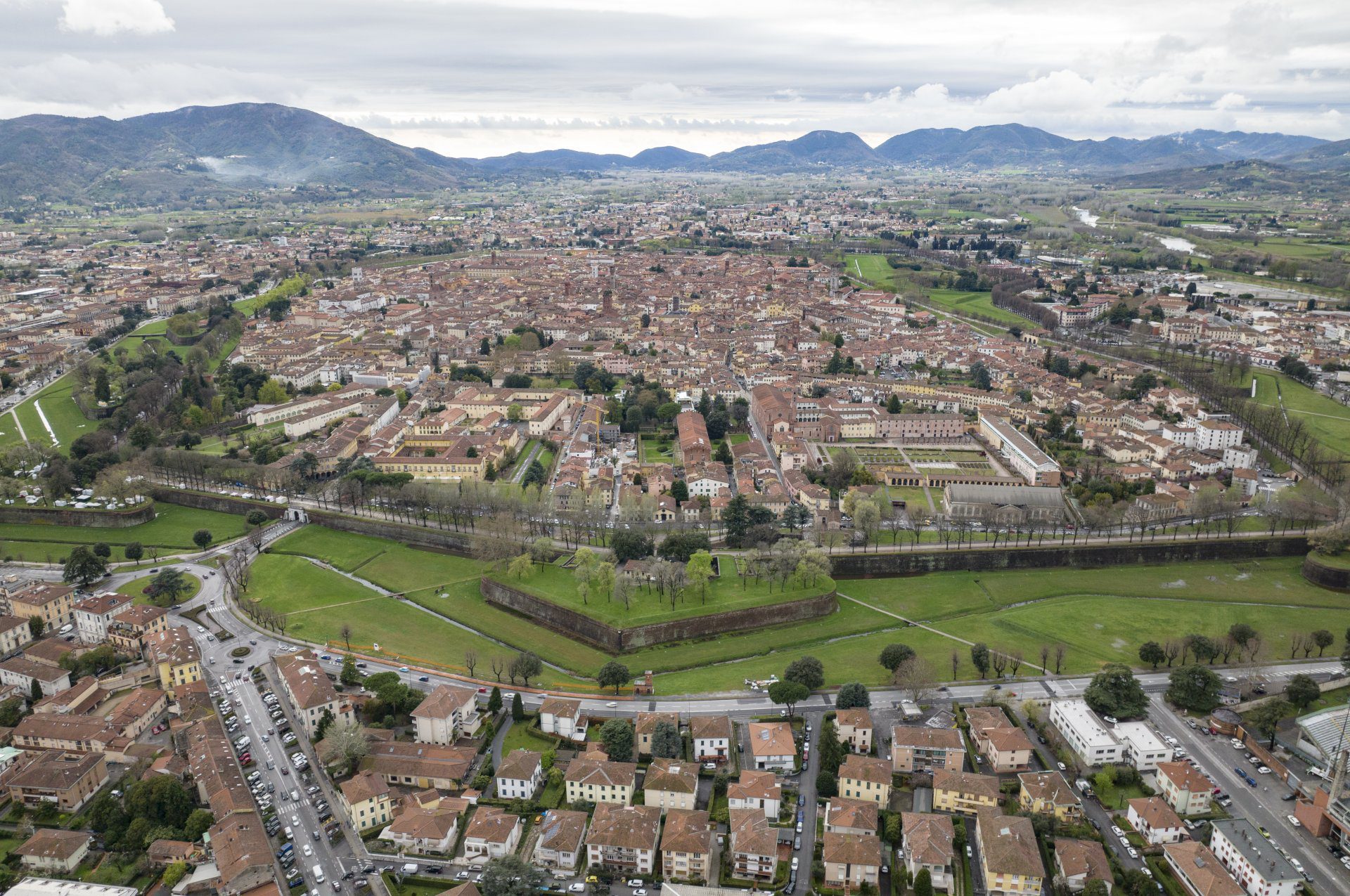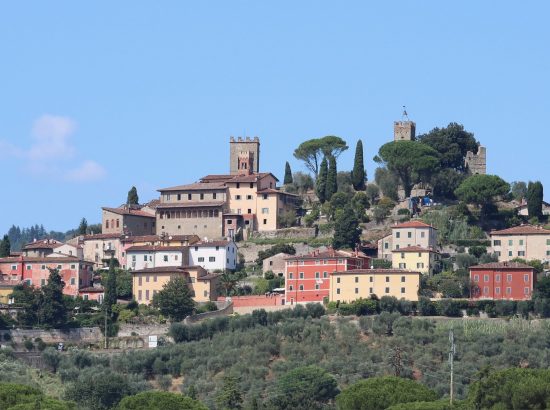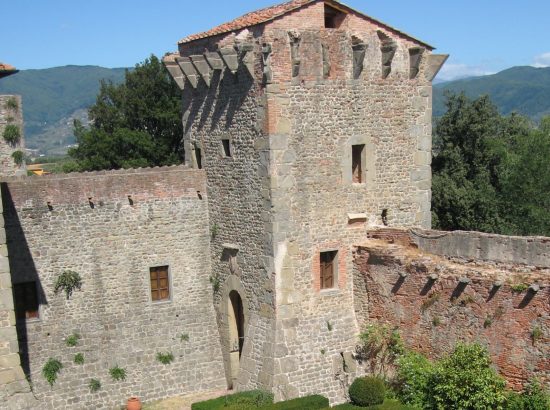Lucca
LUCCA – 30 KM FROM MONTECATINI TERME
It is the only one among the city-states of Tuscany to have retained its independence until 1847. Unique testimony of the jealous care with which the Lucchese patriciate defended the freedom of the “Civitas”, keeping its walls intact (16th-17th century), with a perimeter of 4250 km, with 10 bulwarks, a platform and the battlements still partially preserved and restored. In the medieval fabric of the walled city emerge the monuments of art and history of the various eras, such as the Roman Amphitheater, the Basilica of San Frediano, the square and the Church of San Michele, the Cathedral of San Martino with the Holy Face and the tomb of Ilaria del Carretto sculpted by Jacopo della Quercia, the Guinigi Tower, via Fillungo, the Palazzo Ducale in piazza Napoleone, the last evidence of the Principality of Lucca.
The historic monumental center of the city has therefore remained almost intact in its original appearance, being able therefore to include various valuable architectures, such as the numerous medieval churches of considerable architectural richness (Lucca has even been nicknamed the “city of 100 churches”, precisely for the presence of numerous churches in its historical nucleus, consecrated and not, present in the past and now in the city), towers and bell towers, and monumental Renaissance palaces of fine stylistic linearity.
The city also boasts suggestive urban spaces: the most famous is certainly Piazza dell’Anfiteatro, born on the ruins of the ancient Roman amphitheater by the architect Lorenzo Nottolini and unique in its architectural genre. The main artery of the historic city is the narrow and medieval via Fillungo, which brings together the major commercial establishments of the city.



